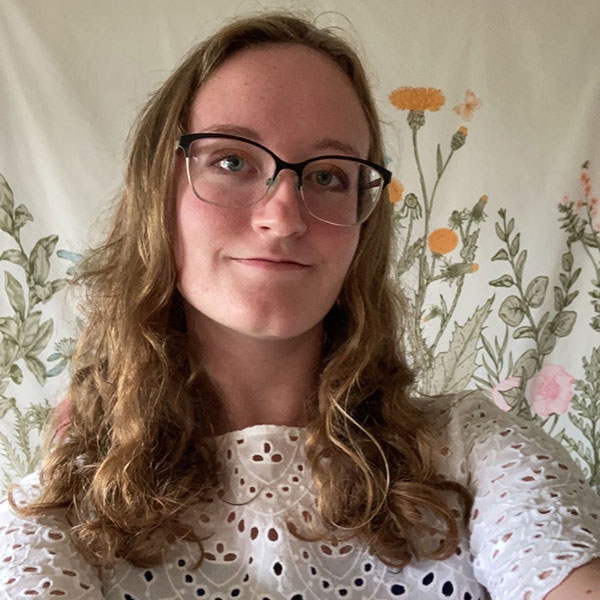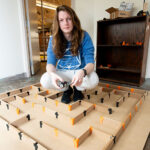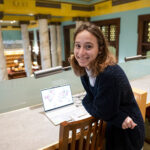
Rockin’ Cities Underground: An Urban Morphological Lens in the Archaeological Cavate Sites of Derinkuyu and Naours

Name: Anabelle Andersen
Majors: Archaeology and Art History
Advisors: Siavash Samei and Kara Morrow
The underground cities of Derinkuyu and Naours, respectively found in Turkey and France, offer unique illustrations of historic use of subterranean rock-cut space during times of warfare. These sites adopt similar but still different forms, serving different needs as necessary. Furthermore, both sites remain somewhat ambiguous within literature, as scholars struggle to determine definite dates of construction and occupation for each, who used and expanded them, and more. Important in archaeological sites, these cities also lack available excavation reports. In order to study these cultural facets properly, one must get creative with their approach. As such, these two troglodytic sites serve as excellent case studies for the experimental application of urban morphology to their investigations. To the best of my knowledge, this study has yet to see implementation in either archaeological or subterranean, rock-cut contexts. The project synthesizes existing literature, photos, cross sections, material culture, site plans, and the application of urban morphology in an attempt to determine and reconstruct the uses of these sites. This latter approach analyzes the techniques applied to tunneled corridors, room sizes and shapes, and inclusion of millstone doors. This study predicates itself on the consideration of these two sites as separate constructions. Occasionally, they might find light comparison for sake of simplicity. Overall, however, they are treated as two distinct case studies.
 Loading...
Loading...
Posted in Comments Enabled, Independent Study, Symposium 2022 on April 26, 2022.
9 responses to “Rockin’ Cities Underground: An Urban Morphological Lens in the Archaeological Cavate Sites of Derinkuyu and Naours”
Related Posts
Related Areas of Study
Art - Art History
Explore the cultural and historic significance of art and artists while building research and analytical skills.
Major MinorArchaeology
Fieldwork and research are a big part of the study of prehistoric and historical archaeology
Major Minor


Congratulations on completing IS, Anabelle! Can you believe almost four years have passed since FYS? Best wishes for your post-graduation plans!
Hi Anabelle! This is intriguing and very well done!! Spectacular job, and thank you for the wonderful, insightful poster!
Anabelle, I am so proud of you for so many reasons! You have introduced a novel concept into archaeology and you have taught me a lot. I am very pleased with your work, both because of its intellectual merit, but also because of how you comported yourself through all the challenges that these strange times threw at you since the start of the project. You were not deterred and in spite of it all, you produced an excellent work. Well done!!
Congratulations on this fabulous finale to your senior year, Anabelle! What a rich and engaging project – I’m fascinated by the cultures and contexts you’ve so thoughtfully illuminated here. Brava! I’m excited to see what you do next!
Amazing work as always Anabelle!
What a cool project, Anabelle. Congratulations!
I loved hearing you talk about this, Anabelle! I hope you have more opportunities to study these sites further! Your passion is inspiring!
I had a rockin’ time reading this!!
Very interesting!
You right